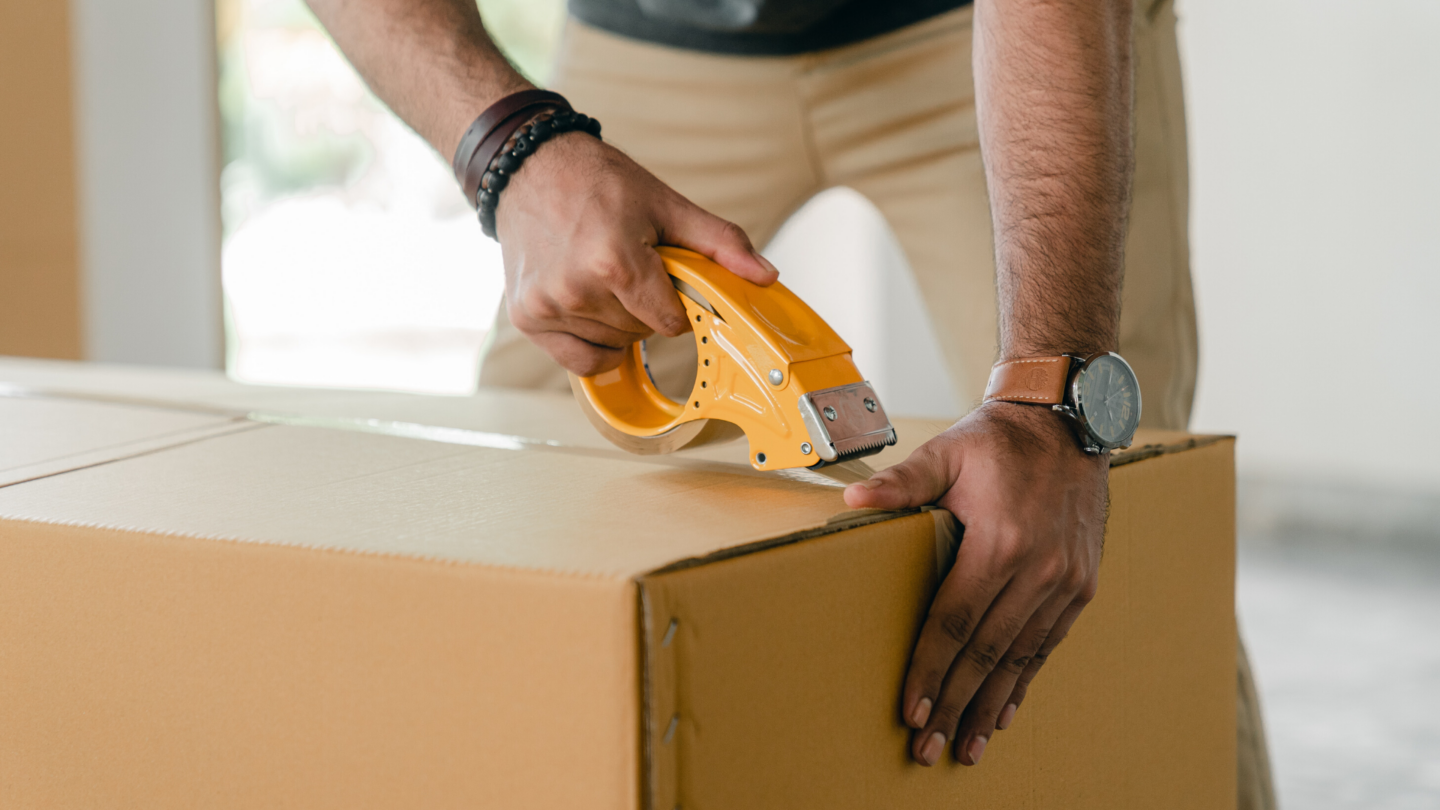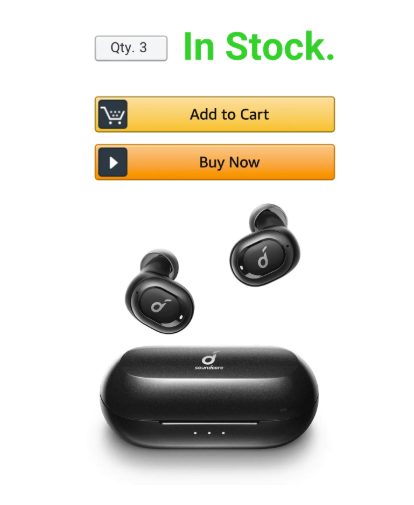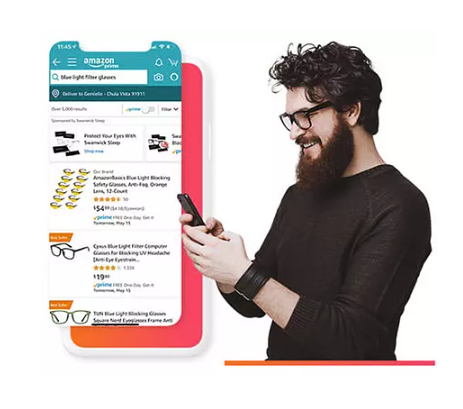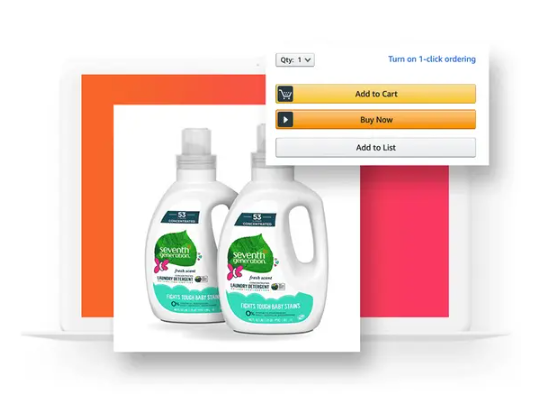Amazon FBM and Seller Fulfilled Prime (SFP): How-to Guide

With Amazon being the largest ecommerce site in the world, and with millions of daily active shoppers, it’s essential for merchants to list their products front and center on the Amazon marketplace.
Amazon is unique in that they give sellers on the marketplace the opportunity to either fulfill orders themselves or allow Amazon to handle all of the fulfillment.
As a seller, you should look at all of the fulfillment methods Amazon allows you to leverage and make the best decision based on your business:
Many sellers rely solely on FBA, but having a combination of fulfillment methods is essential to give yourself more control over shipping.
And during the COVID-19 pandemic, we’ve seen Amazon’s distribution capabilities stretched to the max during the surge in demand, where many sellers with non-essential products missed out on business with delays of more than 30 days because they relied solely on Fulfilled by Amazon or Multi-Channel Fulfillment.
There’s never been a better time to understand Amazon fulfillment options outside of FBA so you are prepared the next time Amazon-driven delays happen.
Here’s how Amazon FBM and Seller Fulfilled Prime work, Amazon’s requirements, and how you can get started today.
1. What Is Amazon FBM?
FBM on the Amazon marketplace is quite straightforward in that the merchant (seller) is responsible for fulfilling orders that are placed on Amazon.com, either through self-fulfillment or a 3PL.
When first starting out selling on Amazon.com, Fulfilled by Merchant is typically the only fulfillment option a seller has at their disposal.
Why’s that? Well, FBA requires quite a few approvals and Amazon likes to see products that have demonstrated a certain level of sales velocity, also, it does take some time to set up. Sellers just starting out can typically fulfill orders themselves, whereas more established sellers are more likely to leverage larger fulfillment networks to meet the fulfillment demand on Amazon.
The advantages of Amazon FBM:
While there’s no one size fits all merchant who should be using Amazon FBM, typically sellers who already have slim margins will want to think about FBM as an option (FBA fees can be quite high depending on your product).
Important note: When you’re FBM, you’re not eligible for the Amazon Prime badge, which is tied directly to Amazon’s organic ranking algorithm.
Also, if you’re concerned about having greater control over your business operations, branding, and avoiding Amazon’s struct FBA requirements, you may want to look into Fulfilled by Merchant as an option.
Yes. Sellers with a diverse product catalog with differentiating profit margins should think about leveraging both FBA and FBM together.
Products that have decent margins and high sell-through rate should remain within FBA, while products with lower margins and sell-through rate should be considered for FBM. Also, many sellers used both during the COVID-19 pandemic because Amazon adjusted the buy box algorithm to stop giving preferential treatment to FBA (because FBM could be fulfilled faster than FBA).
Understanding how Amazon FBM works as a seller on the Amazon marketplace is your first step towards success on the channel.
It may seem intimidating at first, but we’re going to break it down into a few simple steps for you.

Once you’ve created your account as a seller on Amazon, you’ll want to begin listing your products. When adding your products to Amazon, ensure your listings have accurate and representative product information that’s discoverable and conversion-driven.
Whether your fulfillment center is your garage, or you’re leveraging a network of reliable fulfillment centers to help you distribute your inventory across the U.S. to save on shipping costs, reduce your average shipping times, and still provide that Amazon level logistics, you’ll want to have some form of order fulfillment process in place to maintain control of your operations.
Once you receive an order notification, you must ship the product based on the selected delivery timeframe from the customer, which Amazon displays the estimated delivery time frame on the checkout page to give customers an idea when they can expect their package.
Just like any other cost imposed on your business, as an FBM seller on Amazon, you should fully understand the fees associated with it:
As a Pro FBM seller on the marketplace, Amazon requires a subscription fee of $39.99/month.
The per-item selling fee is $0.99 for each unit sold, meaning that you pay Amazon $0.99 each time a shopper on Amazon places an order with your product. Although the fee can be waived if you’ve already signed up for the Pro FBM seller account.
Because your products are listed on a third-party marketplace, and not your own website, each sale made on Amazon is considered a referral. The referral fee Amazon takes on each individual sale of your product is largely dependent on the type of product you sell, which can range anywhere from 6-45%. Be sure to check out Amazon’s referral fee table for more information.
Other fees you need to consider are the cost of shipping the product to the customer. If you’re shipping yourself, you may think you’re saving money, but you need to weigh out the opportunity costs for yourself as a business owner with all of the time your spending putting boxes together and heading down to the post office.
By partnering with a 3PL like ShipBob who can help with FBM shipping along with your website fulfillment, you’ll have the opportunity to save on shipping costs with our heavily discounted shipping rates with carriers, while giving you back the time in your day to focus on building your business.
Amazon Seller Fulfilled Prime (SFP) allows third-party sellers to ship out Amazon Prime orders to their customers within the 2-day delivery SLA from their own warehouse. This is contingent on the seller meeting the demanding requirements and SLA windows expected by Amazon.

Although the requirements for Amazon Seller Fulfilled Prime can be quite demanding like FBA, there are a few advantages to why a seller should look into this ecommerce fulfillment program as an option for their business.
Sellers who want to ship Prime orders from their own warehouse and maintain control over their business, margins, branding, and those who want to continue to use the Prime bade, but can meet Amazon strict fulfillment requirements, should consider SFP.
Becoming eligible and continuing to meet the requirements for SFP is more complex because Amazon expects you to maintain the integrity and promise of the Prime badge to their customers.
Below we’ll dive into the different requirements, fees, and how to actually get started with the approval process.
If you’re thinking about SFP as an option for your business, you’ll first need to meet all of the below requirements:
To begin the process for application into Amazon’s Seller Fulfilled Prime program, sellers must first register and complete their trial period. That’s right. Amazon puts you on a trial period to ensure you can meet their expectations for on time delivery, cancellation rates, and much more.
Sellers are required to prove they can meet these requirements to move beyond the trial period and have their prime badge approved on their Amazon listing.
Although as of today, there is currently a waitlist for the SFP program, we’ll share a few steps it takes to begin the enrollment process so you’re ready once it opens back up.
Fulfilled by Merchant and Amazon Seller Fulfilled are both great alternatives to FBA, but both options should be thoroughly reviewed and a cost and opportunity analysis should be put together because choosing the best option comes down to the types of products you’re selling and how you want to manage your operations.
What we know, especially what happened to ecommerce during the COVID-19 pandemic, is that sellers should diversify their fulfillment and operations. Amazon FBM and SFP are great ways to ensure your products arrive on time, but it doesn’t have to be either-or. Sellers should look into all options Amazon provides sellers and choose what diversified fulfillment strategy works for your business.
And, of course, don’t feel like you have to go it alone — a third-party logistics partner, like ShipBob, can help with many of the pain points listed above on Amazon fulfillment and your website.
